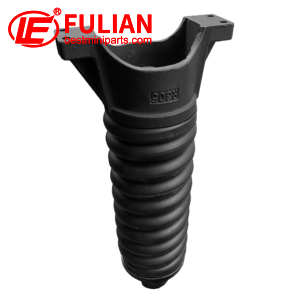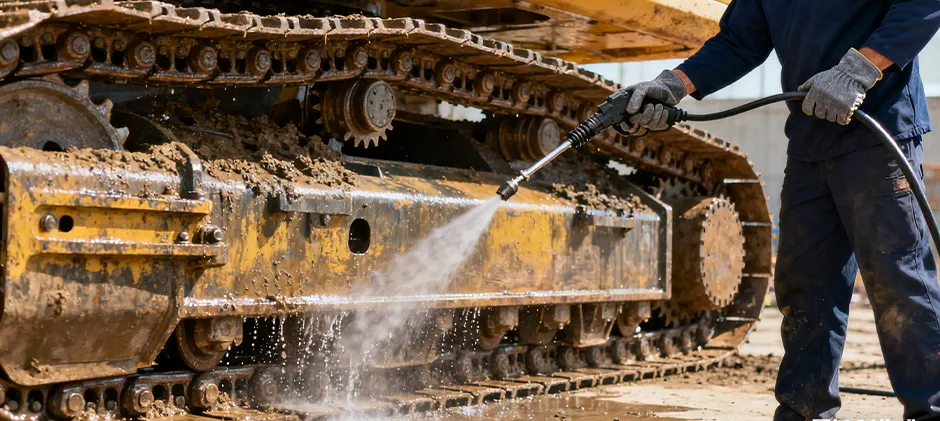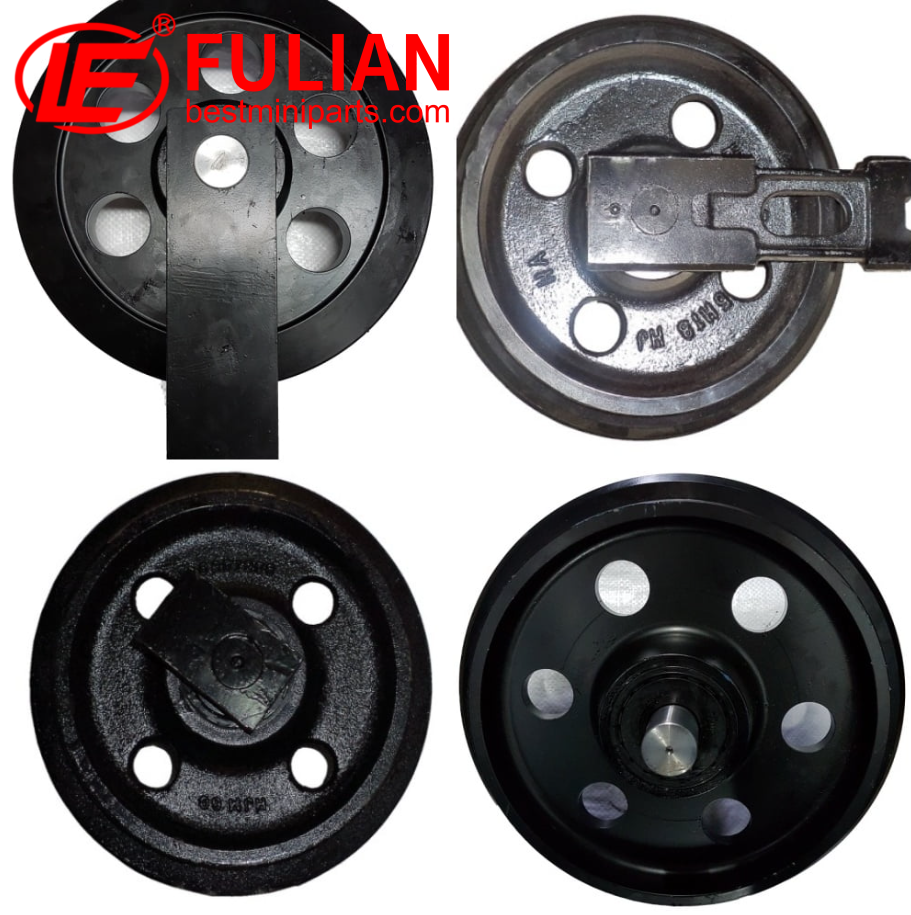Evaluating the estimated life expectancy or service schedule for track adjusters under standard operating conditions involves analyzing a host of factors that influence their durability and maintenance requirements. This comprehensive discussion is framed into clear sections for ease of understanding.
Understanding Track Adjusters: Track adjusters play a crucial role in maintaining the tension of the tracks on heavy equipment such as excavators and bulldozers. Their longevity is pivotal to the optimal performance of the machinery.
Manufacturing Quality: The anticipated life expectancy begins with the caliber of the materials and engineering that go into the manufacturing of the track adjusters. Superior-grade metals and robust designs contribute to a longer lifespan by withstanding the constant stress and environmental factors they are subjected to.
Standard Operating Conditions: ‘Standard operating conditions’ encompass a broad range of factors but generally refer to environments that do not exceed the manufacturer’s specified limits for temperature, dirt exposure, and operational strain. In such conditions, track adjusters can function effectively without accelerated wear.
Maintenance Regimen: A key component of extending the life expectancy of track adjusters is a regular and meticulous maintenance schedule. This includes periodic inspections for signs of wear, proper track tensioning, and lubrication. Manufacturers usually provide a recommended schedule tailored to the model’s needs.
Estimated Life Expectancy: Under standard conditions, and with adherence to a proper maintenance regimen, track adjusters can typically last for the entire lifespan of the track itself, often thousands of hours. However, adverse conditions or neglect in maintenance can significantly reduce this period.
Service Schedule: Regular service intervals are crucial to the longevity of track adjusters. Maintenance activities include cleaning, adjusting tension, and checking for any signs of damage or corrosion. This is usually done every few hundred hours of operation, though the exact interval can vary based on the make and model of the equipment.
Conclusion: If maintained properly, it is reasonable to expect track adjusters to operate effectively for an extended period, aligned with the life of the undercarriage components. Most manufacturers suggest a comprehensive inspection and maintenance of track adjusters at least every 1,000 hours of operation, with more frequent checks in more demanding environments. Thus, adherence to the recommended service schedule is imperative for maximizing the life expectancy of track adjusters in standard operating conditions. Always consult the manufacturer’s guidelines for the most accurate maintenance schedules and procedures.
Fulian Operation Team
2024.3.22








